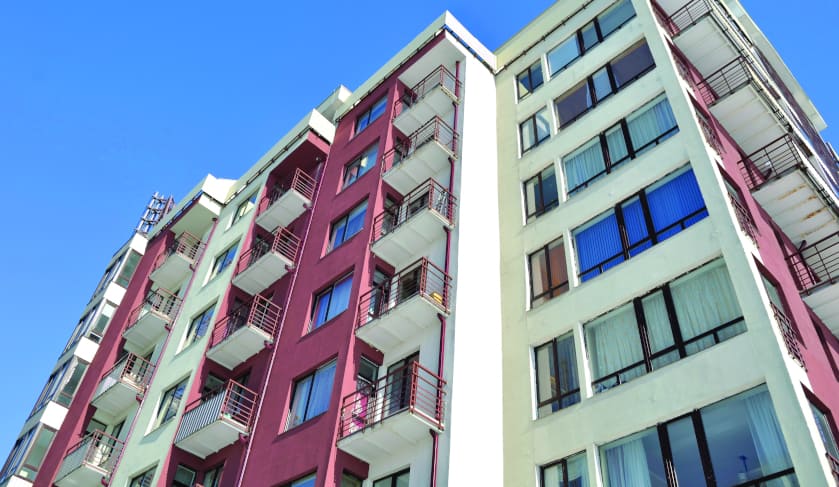APRA changes ‘finally’ noticeable, says expert
The new apartment market is finally cooling in the wake of the APRA measures introduced in late 2014, according to one specialist property lender.

The Thinktank Group has said that it has taken four years for APRA’s tightening measures to have an impact on the apartment market, with 2018 expected to see a 10.7 per cent drop in completed units.
CEO Jonathan Street said that it’s been a long time coming.
“It’s the first decline in the market for the past seven years,” Mr Street said.
“In 2017, 65,700 apartments were finished across Australia, and that number is expected to fall to 58,700 in 2018.”
He said that the main reason for the slowdown is the inability of investors to secure financing for off-the-plan apartments.
“There is also evidence of developers who have bought income-producing assets, especially in suburban markets with tight office and industrial capacity, and are taking advantage of this income stream until their development project has been approved.”
Mr Street also said that the royal commission could also be playing a part.
“It seems likely that a by-product of this royal commission will be some level of tightening of credit across the economy, and that must flow through to the apartment market; a more risk-averse environment by lenders is already an evidence and is likely to be the new norm.”
Mr Street said that the apartment market has enjoyed buoyant conditions from 2014 to 2017, with 169,900 apartments added to the stock of the five major capitals.
He said that Greater Sydney, with 74,200 apartment units, and Greater Melbourne, with 56,500 apartment units, dominate the market.
But the CEO also pointed out that there are significant differences between the two markets.
“Sydney’s middle suburbs absorb much of the new development. By contrast, Melbourne’s development remains focused on the CBD and inner-city suburbs.”
